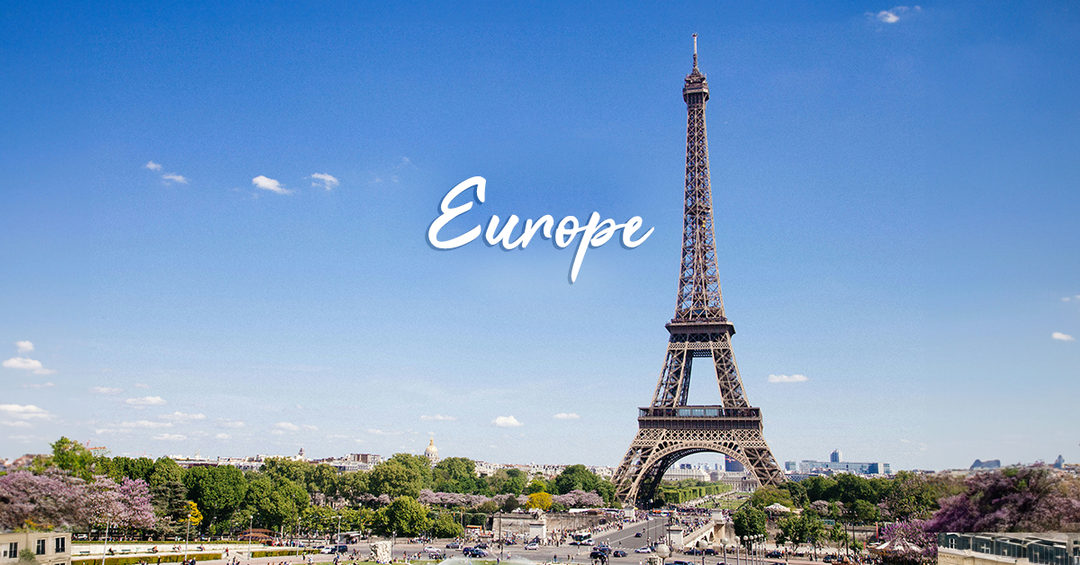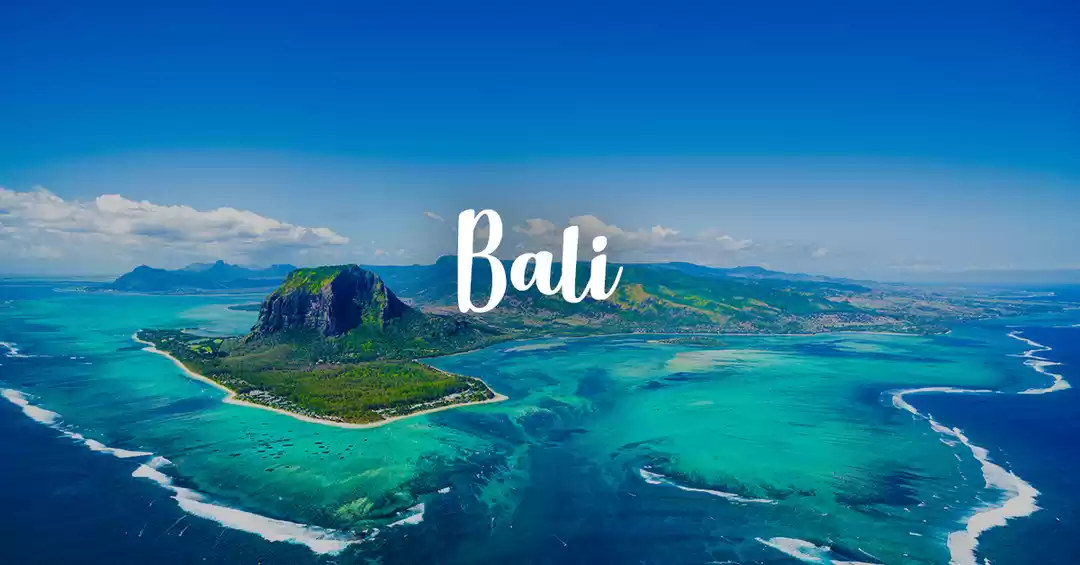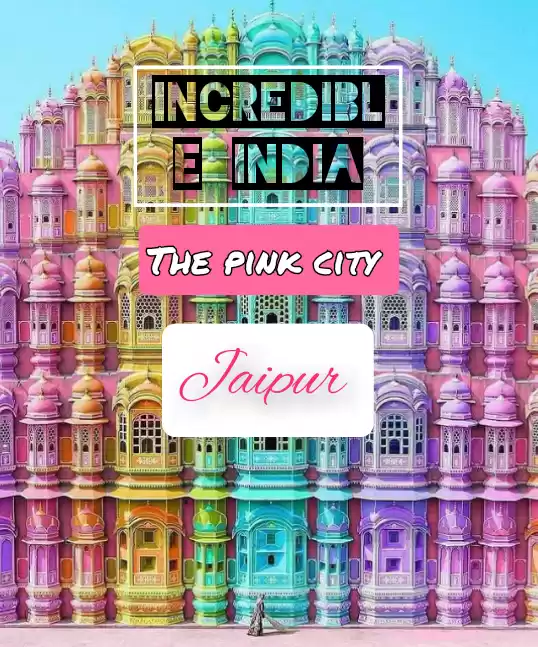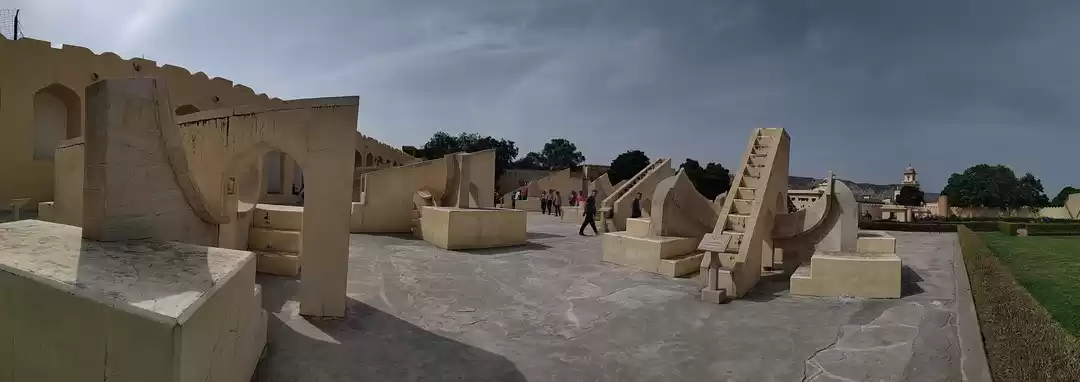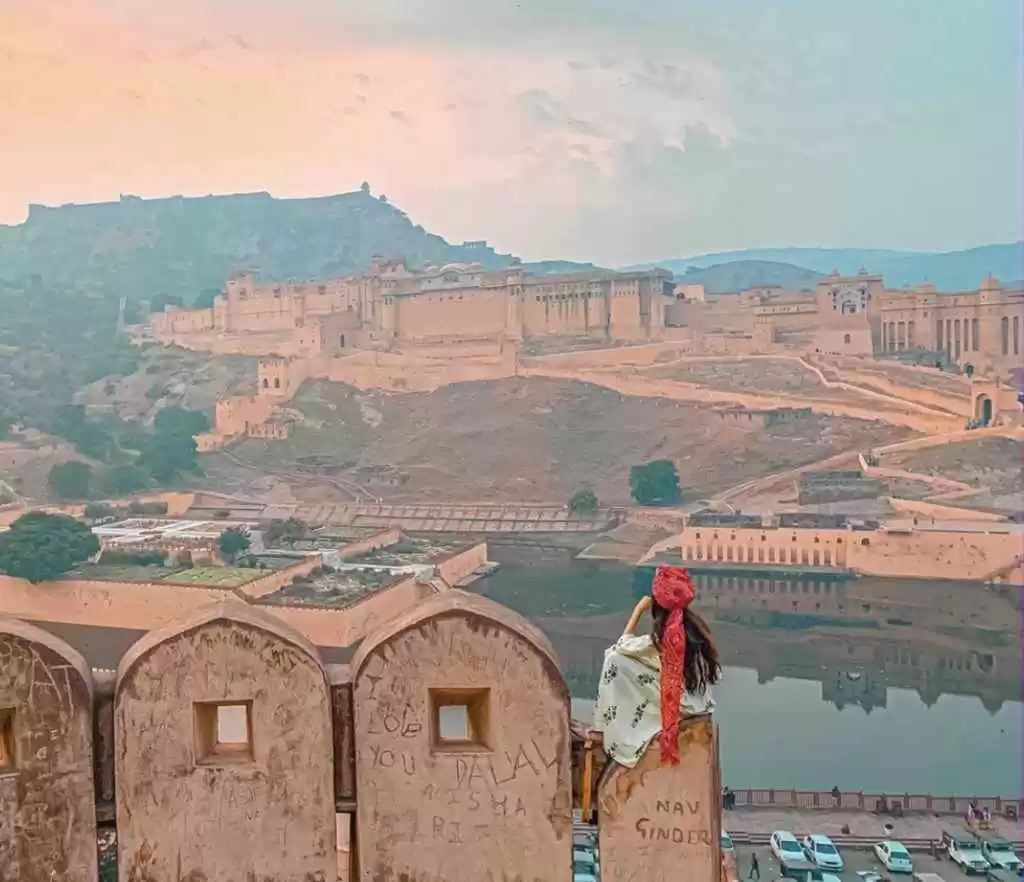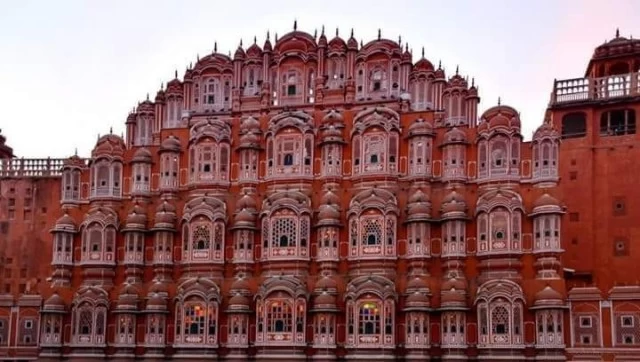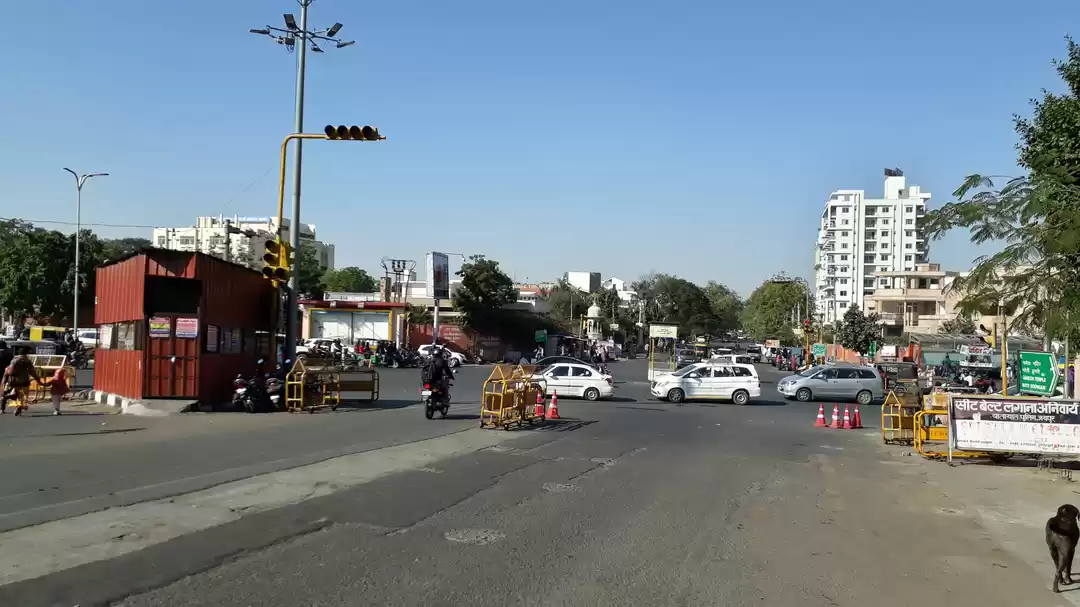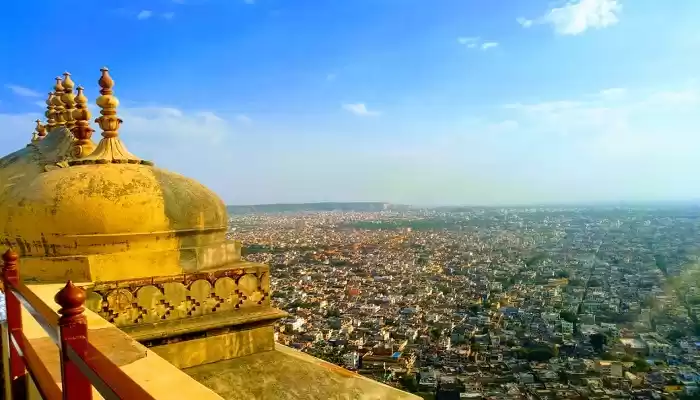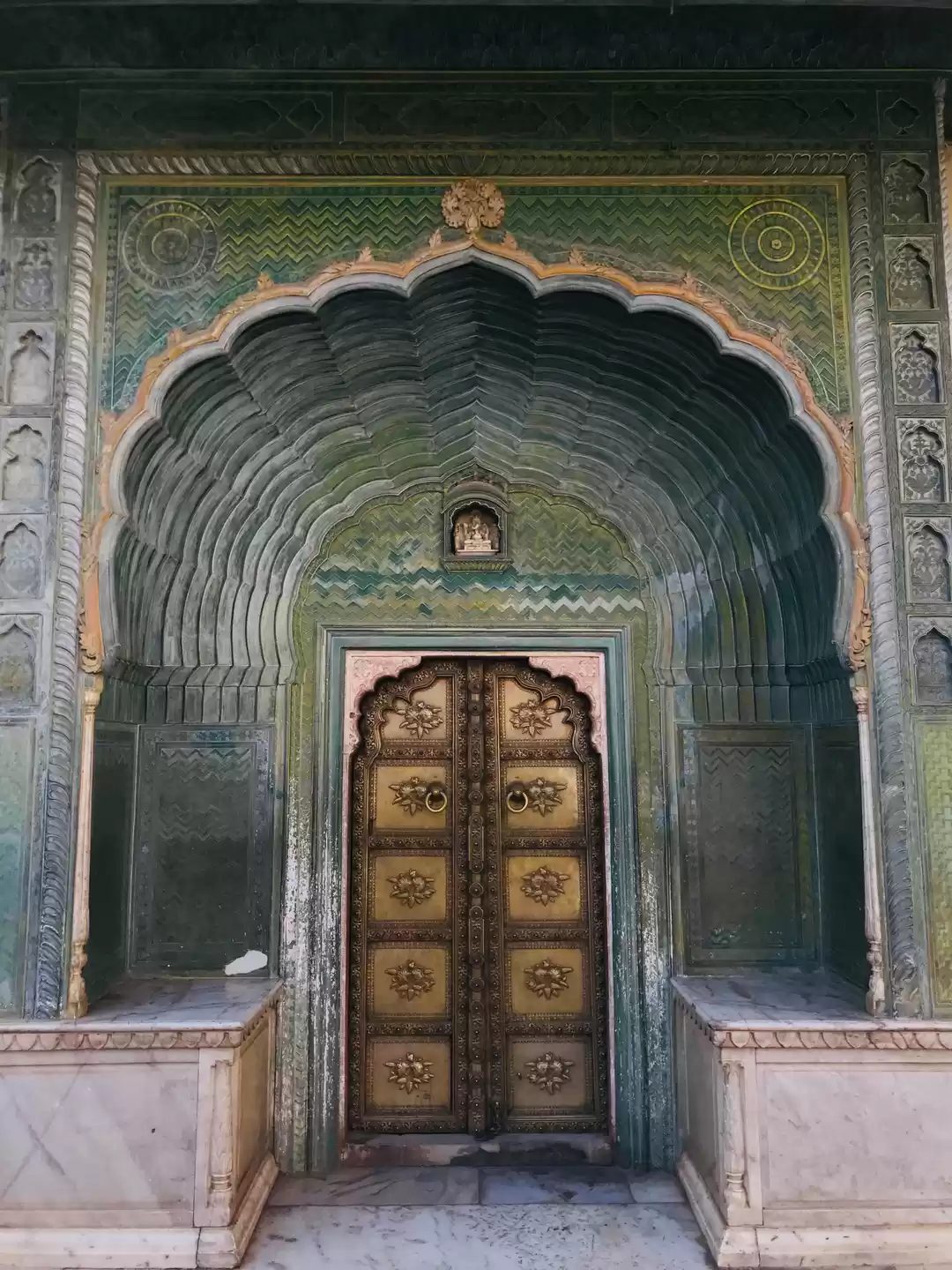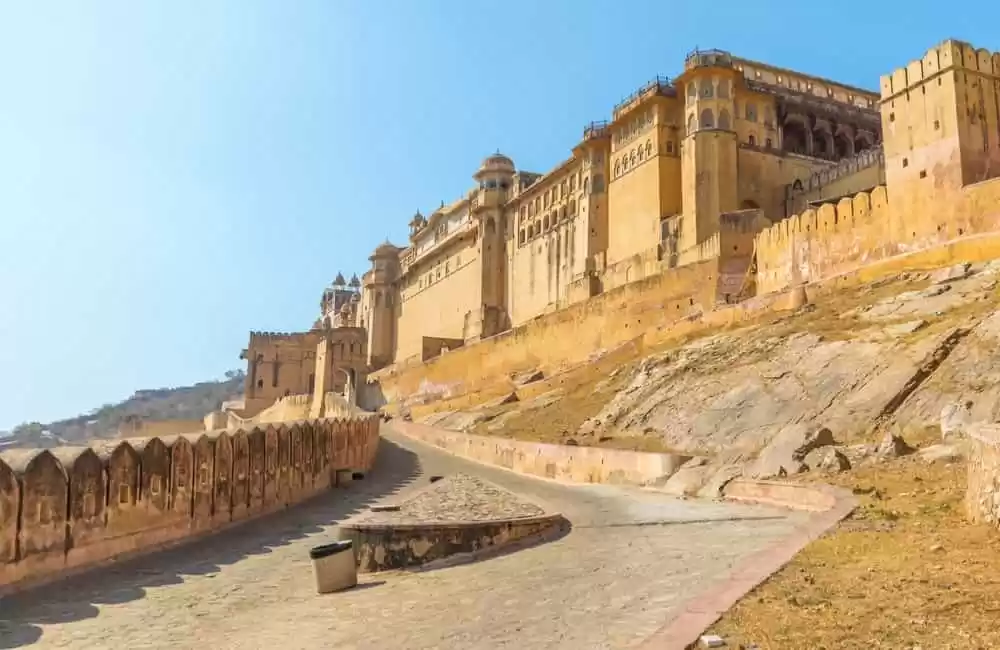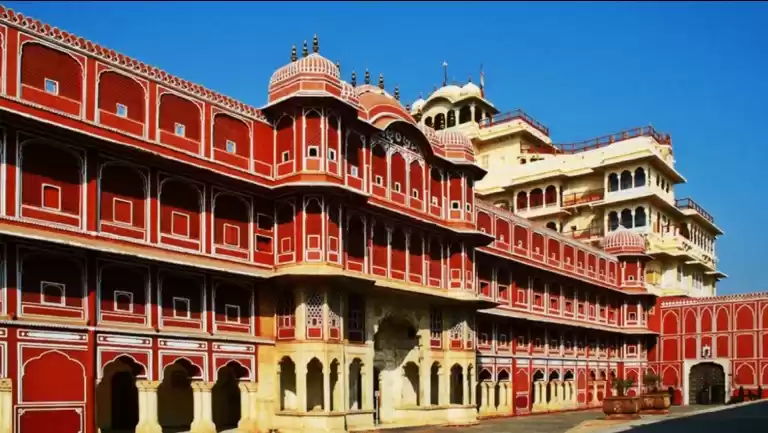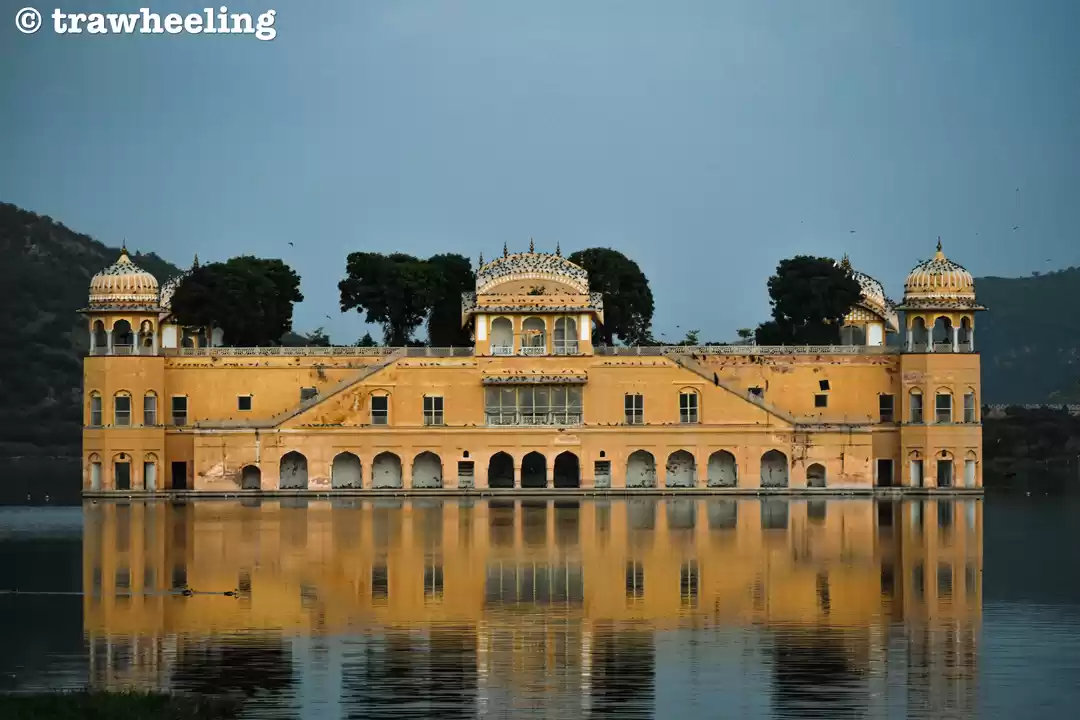
Think of Jaipur and the first things that pop into our mind are camels and royal palaces. But there is SO much more in this Pink City. There are these intricate Mahals, sturdy forts, vibrant bazaars, sprawling parks and areas bedecked with just pure architectural marvel.
A royal and historical capital, Jaipur is the gateway to one of India's most flamboyant states. There are several attractions in Jaipur that ooze out the majestic past of the city. For these splendors of heritage marvels, a plethora of tourists from all over the world come here and enjoy the royal experience of the Rajputana graciousness.
At the city's heart, several palaces, gardens and bustling markets have draped themselves in the warm hue of pink as the colour symbolizes hospitality. On the way from this benevolent expanse to the outskirts, there are various places to see in Jaipur like the hilltop forts and well-preserved museums that will tell you the impressive chronicles of the Rajput kings and queens. In Jaipur, you will surely get to have remarkable encounters amidst Rajasthani regality.
Here's a list of what's not to be missed in Jaipur.
1) AMER FORT

Cradled on the top of the Aravali Hill lies the Amer Fort, one of the most magnificent palaces in India. This majestic building with its maze-like passages and serpentine staircases is an architectural masterpiece and with significant importance in Indian history. Only 11 kilometres away from the capital city of Jaipur, Amer Fort is clad in pink and yellow sandstone and is a part of an extensive complex. Built by one of the most trusted generals of Akbar, Maharaja Man Singh I in the year 1592, Amer Fort served as the main residence of the Rajput Rulers.

The Amer Fort through its large ramparts, several gateways and paved paths overlooks the Maotha Lake in the town of Amer, which used to serve as the capital of the erstwhile Jaipur princely state. This is one of the most amazing Jaipur tourist places and is famous for its endearing mirror work. The fort and its history come alive with the evening light and sound show 'Amber by night' which allows tourists to see the charmingly lit chowks and mahals.
2) NAHARGARH FORT

Nahargarh Fort, located in the Pink City of Jaipur is one of the many countless palaces and beautiful historic buildings that speak of the magnificent and rich history of Rajasthan. Embellished with delicate carvings and stonework, the Nahargarh Fort is an impregnable structure, that together with its two neighbouring forts - Amer and Jaigarh, once stood as the strong defence of Jaipur city. With some breathtaking views of the city, the Nahargarh Fort is known for its extended wall that connects it to Jaigarh Fort. The fort is located on top of a hill and you can hire a cab or autorickshaw to the foot of the hill and trek the rest of the way.
Marked with a plethora of important historical events, Nahargarh Fort was built by the founder of Jaipur city, Maharaja Sawai Jai Singh in the year 1734. Used as a summer retreat palace, this fort was never attacked in its long and illustrious history. However, it has been a site of major historical events such as the signing of treaties with Maratha forces in 18th century. The fort has also been known to provide shelter to several Europeans during the Sepoy Mutiny of 1857. In popular culture, Nahargarh has been featured in many famous films such as 'Rang De Basanti' and 'Shuddh Desi Romance'.
3) ALBERT HALL

Situated in the Ram Niwas Garden of Jaipur, the Albert Hall Museum is the oldest museum in Rajasthan. Built in 1876, it was initially envisioned to be a concert hall and resembles the architecture of the Victoria and Albert Hall Museum in London, hence, the name. It is a standing example of Indo-Saracenic architecture. The museum takes on a whole new facade as the night falls and the entire building glows with yellow lights, which looks extremely beautiful.
You can relax in the lush gardens with the stunning view of Albert Hall in the backdrop. It is certainly a great place to get a peek into the history and ancient culture of India. The foundation of Albert Hall was laid on 6 February 1876 when Albert Edward visited India. The galleries of the museum have a collection of antiques and artifacts, ancient coins, marble art, pottery, carpets etc. The building itself from the outside has an alluring architecture.
4) HAWA MAHAL

Jaipur's most distinctive landmark, the Hawa Mahal is an extraordinary pink-painted, delicately honeycombed hive that rises a dizzying five storeys. The mahal has a total of 953 small lattice worked pink windows called 'Jharokhas', balconies and arched roofs with hanging cornices. This allows cool breeze blow through the mahal and keep it cool and airy in summer.
In 1799, the Kachhwaha Rajput ruler, Sawai Pratap Singh, grandson of Maharaja Sawai Jai Singh ordered Lal Chand Usta to construct an extension to the Royal City Palace. This red and pink sandstone pyramidal structure which almost resembles a crown facilitated royal women to get an eyeful of the street festivals and busy city life while remaining out of the view of public.
5) JAL MAHAL

Set in the middle of the picturesque Man Sagar Lake, a man-made reservoir created in 1596, the Jal Mahal seems to be floating on the lake's surface. Although the name translates to "Water Palace," the building was never intended to be a palace, as such, but was instead conceived as a hunting lodge for the local Raja. In the 16th-century, severe drought spurred the locals to create a dam, creating the lake that submerged the lower portions of the lodge.
The structure appears to be one story high, although there are four more levels to the building hidden beneath the water. An architectural marvel in itself, it is an embodiment of the engineering prowess of the Rajput period. The light colour of the sandstone walls creates a sharp contrast with the deep blue of the lake, and one can also see some green foliage sprouting from the inner courtyards of the palace, making it one of the most photographed spots in Jaipur.
6) PATRIKA GATE

On your way to the airport or while driving on JLN Marg in Jaipur, you see a tall pink structure standing elegantly, surrounded by a gamut of trees and lush gardens, that structure is Patrika Gate which is located at the entrance of one of the largest circular parks in Asia.
During the construction of Jaipur , Maharaja Sawai Jai Singh II decided to erect a great wall that separated the heart of the Pink City from the rest of the periphery. A work that is visible with the presence of 8 doors or entrances to the city: Soorajpole Gate, Chaandpole Gate, Ajmeri Gate, Sanganeri Gate, Ghaat Gate, Samrat Gate, Zorawar Singh Gate and the New Gate. It is being claimed that like the walled city, numeral nine plays a critical part in the making of the Patrika Gate. Hence, the most recent and colourful of all - Patrika Gate is being touted as the ninth gate of Jaipur.
The building facade is pink in color which is many shades lighter than the famous Jaipur pink- terracotta pink. The gate is flanked by figures of elephants, horses, and soldiers.The wall panels and ceilings are beautifully painted with intricate motifs and colors. The Patrika Gate encompasses different murals that tell stories of the royalty of Rajasthan adorned with those bright and characteristic colors applied by hand. Each pillar and column depict the scenes from various regions of Rajasthan. One gets a glimpse of the rich architectural and cultural legacy of the state.





